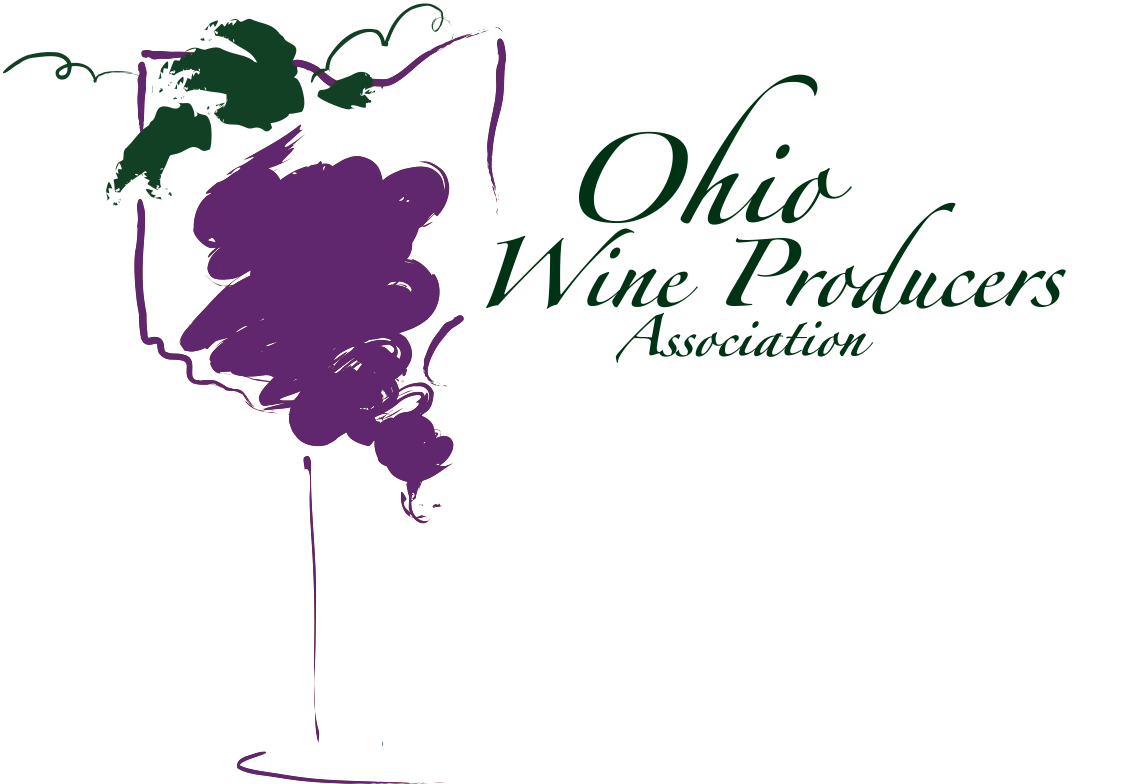Cabernet Sauvignon
Cabernet Sauvignon is one of the most sought after and respected wine varieties in the world. It often is also the costliest of any variety offered in a region. A recent review on a major blogger’s page listed his 10 favorite Cab Sauvignons with price tags ranging from $40 to $400 a bottle. It is often cited as the premier, most planted varietal produced in the Napa Valley and of course is the flag bearer for France’s Bordeaux region.
So, a little background on this great wine.
The story of its origins begins in Bordeaux, France. It is used in their most acclaimed wines, especially those blends from Mèdoc’s Left Bank where it is the dominant grape in their prestigious blends. The vines are planted just south of the Garonne River producing stunning, legendary wines with labels like St, Estèphe, Pauillac, St. Julien and Margeaux.
DNA testing has shown that Cabernet Sauvignon centuries ago is the product of a crossing between two other grapes that are popular in Bordeaux, Cabernet Franc and Sauvignon Blanc — hence the name Cabernet Sauvignon.
The Left Bank is mostly flat with gravelly topsoil and limestone beneath the surface. Its wines usually show more intense tannins than those of the Right Bank where Merlot dominates the vineyard plantings.
It is always finished dry, with a full body and considerable complexity. Alcohol content ranges from a low of about 14% to 15% so it is a wine that works beautifully as a complement to fine dining where entrées are rich and fully flavored. Because it needs room to “breath,” opening the bottle or decanting before serving is important, the latter especially for older wines which may have been cellared and have thrown some sediment. And using a fine crystal glass with a large bowl allow adequate room for swirling. Because of the high tannic content, many Cab Sauvignons will cellar well, with the biggest of them continuing to improve in a properly stored bottle for a decade or more.
While it requires a longer growing season than most other reds, a few Ohio wineries do produce some very nice Cabernet Sauvignons. Because our terroir is so very different, from both Napa and Bordeaux, our Cab Sauvignons tend to be somewhat lighter in color and a little less tannic. However, there have been some exceptional cabs grown here in the Lake Erie AVA as well as to the east, Conneaut Creek and Grand River growing districts and in southwest Ohio over the years. And there are none of our bottles that sell even in the $60 range!
One fine example of what can be done here was tasted a couple of years ago by Dave McIntyre, wine columnist for the Washington Post. He came to the area and was visiting Arnie Esterer at the Markko Vineyard in Conneaut. When the article appeared in the Post, its headline read: “Do not let anyone tell your Ohio cannot produce some great Cabernet Sauvignons.”
Enough said…… but if you want to explore the other versions of this great wine, our area is the perfect place to explore – without breaking your budget.
